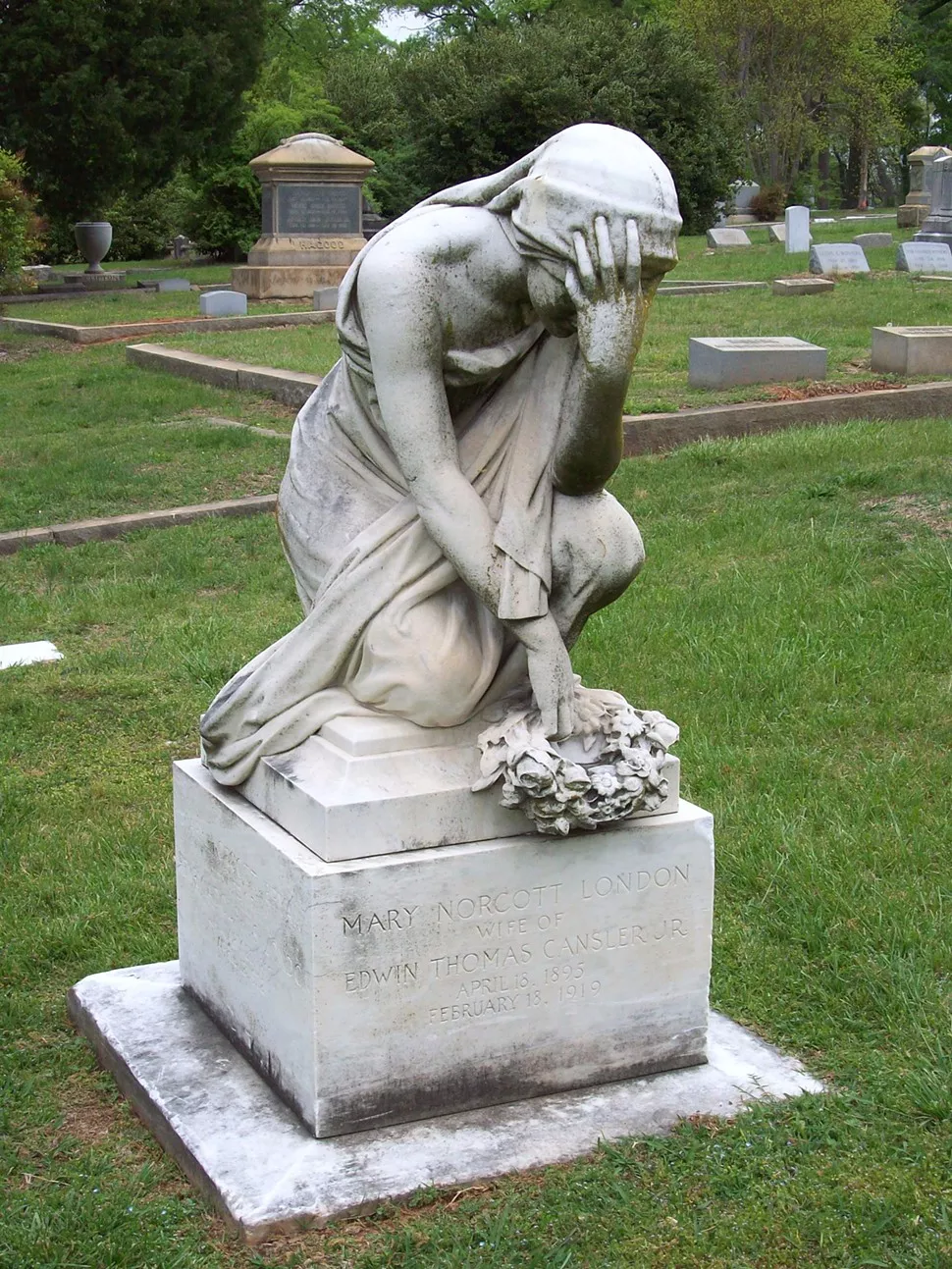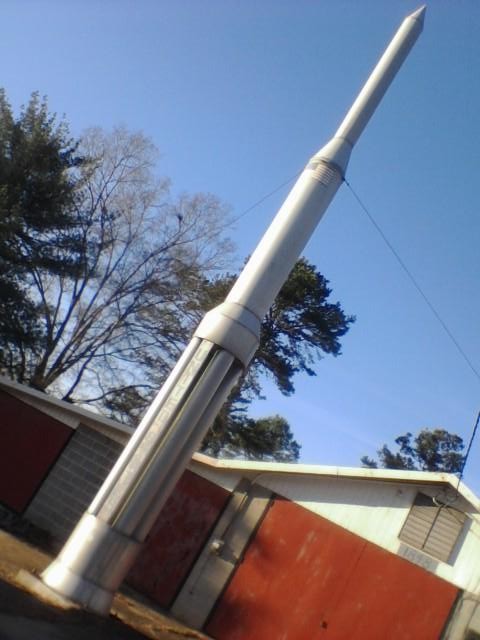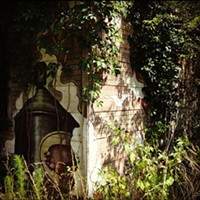Editor's note: In this series, local author David Aaron Moore answers reader-submitted questions about unusual, noteworthy or historic people, places and things in Charlotte. Submit inquires to davidaaronmoore@post.com.
Everybody says Charlotte is full of history - you just have to look for it. I never really found it so much when I was growing up there, but it's clear you spend a good deal of time looking for just that kind of stuff. What are some of the more unusual or unique pieces of the Queen City's past you have uncovered? - Julia Wright, Phoenix
Actually, I don't always go looking for history. Sometimes it just jumps out at me. On other occasions, though, no matter how deep I dig, some pieces of the puzzle seem forever elusive. People move away. Others die. Stories get lost in the cracks of time. Here are a few of my favorite unusual finds:
The Crying Lady
Since it was first established in 1853, more than 75,000 people have been laid to rest in Charlotte's Elmwood Cemetery. In fact, it has more than its fair share of noteworthy dearly departeds - among them former Charlotte Mayor John Belk, North Carolina Governor Cameron Morrison, Hollywood screen legend Randolph Scott and U.S. Congressman John Morehead. Although not an individual of infamy during her lifetime, one grave marker is quite likely the most significant in all of Elmwood: her name was Mary Norcott London and she was born April 18, 1895. Just a month shy of her 24th birthday, she died, on Feb. 18, 1915. Little is known about her, but one fact is clearly obvious: she was dearly loved by her husband Edwin Thomas Cansler, who spared no expense in creating an intricate and timeless memorial that is still emotionally evocative nearly 100 years later. One hand grasps her forehead in mournful sorrow, while another clings to a wreath of flowers. Green moss has begun to cover her now, yet she remains poised in stone on one knee, for eternity.
The Piedmont & Northern Thrift Train Depot
Once part of a busy rail line that shuttled riders back and forth between Charlotte and Mount Holly and seven points in-between, the long-abandoned Thrift Depot (near Paw Creek) was originally designed and constructed sometime around 1911 under the direction of architect Charles Christian Hook, the same architect responsible for designing the old Charlotte City Hall in the mid 1920s. The rail line prospered from the time it opened into the 1920s, when ridership began to decrease as more families purchased automobiles. That would later change during the Depression as service once again picked up. That service continued over the next two decades, finally discontinuing in 1951.
The P&N Depot style was repeated at all of its stations throughout the line with only slight variation. In general, it was a clean, simplistic style of red and cream brick topped off with a Spanish-style tile roof, which probably explains the structure's remarkable standing powers against the elements.
After the closing of the Thrift site, it was used as a storage facility and today stands vacant. The Charlotte Mecklenburg Historic Society has recognized its importance and has pointed out it is the only remaining depot of its kind in Mecklenburg County.
William Little Sr., a Charlotte native who often rode the line to the Thrift area when he was a teen, talked about what it was like in a conversation we had in 2009. "It was always an adventure," he recalled. "And a cheap and easy way to get back home after going to see a movie at the Carolina downtown. I was disappointed to see the service stop when it did. I hope there will be a chance to save it - at least in some capacity - for future generations."
According to a recent press release from the Mecklenburg Union Metropolitan Planning Organization, Little's wishes are likely to become reality. Work began this year to move the entire station from its obsolete location to a nearby site where it will be restored and once again used as part of the existing railway system. The effort is expected to be completed by 2014.
The Missile
It originally popped up at the corner of Toddville and Pawtuckett roads sometime in the early 1960s when the owner of Deyton Sheet Metal, Arleigh Deyton, built it to demonstrate his skills at sheet metal construction. But according to Suzannah Azizy, owner of the nearby (and now defunct) Tank Town Grill, Deyton, who was a regular at her restaurant for many years, boasted that there was a political message behind his work of art, as well.
"He said he started building it during the Cuban missile crisis," Azizy told me over lunch one day. "He said some government officials showed up at one point and told him he'd have to take it down."
Deyton, now in his late 90s and living in a residential care facility, balked. (According to area neighbors he had a reputation for being an often difficult man to deal with.)
The faux missile, in many ways an homage to a Cold War victory during the Kennedy administration, still stands.
Moore is the author of "Charlotte: Murder, Mystery and Mayhem." His writings have appeared in numerous publications throughout the U.S. and Canada.




